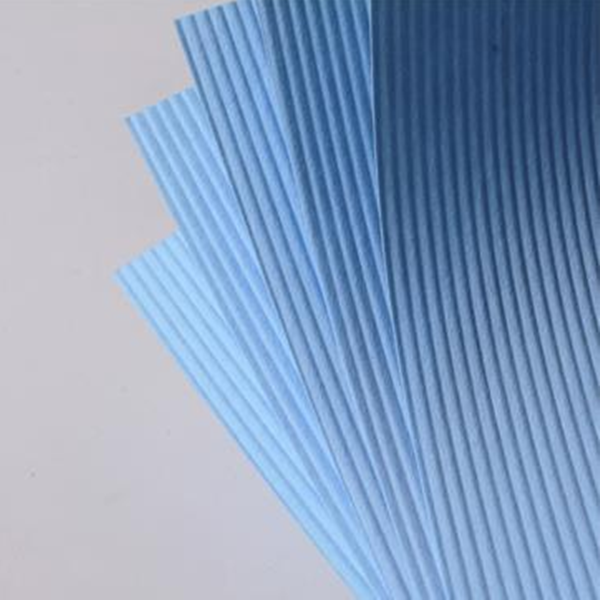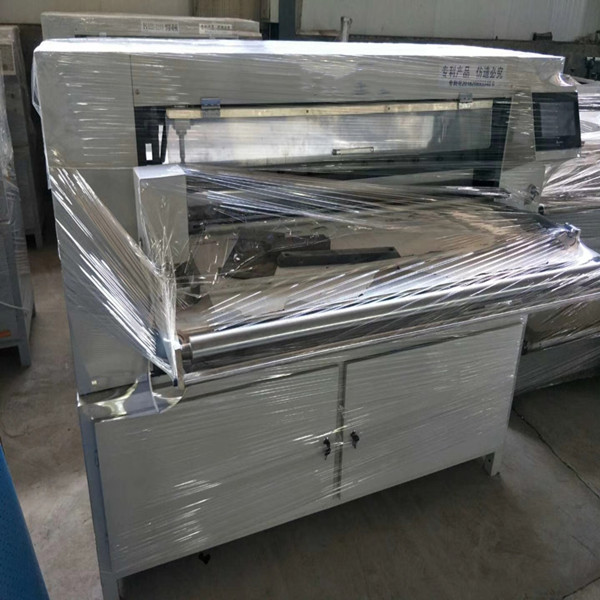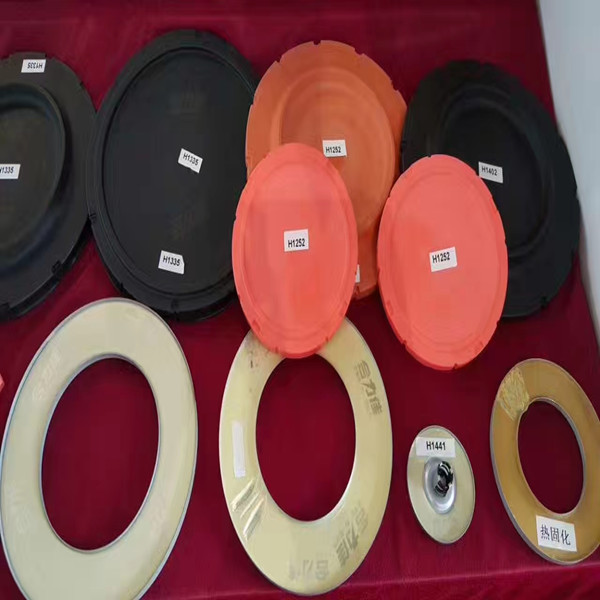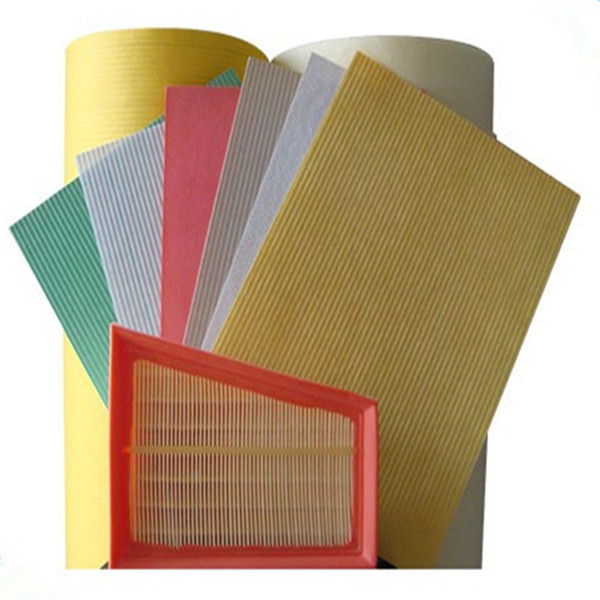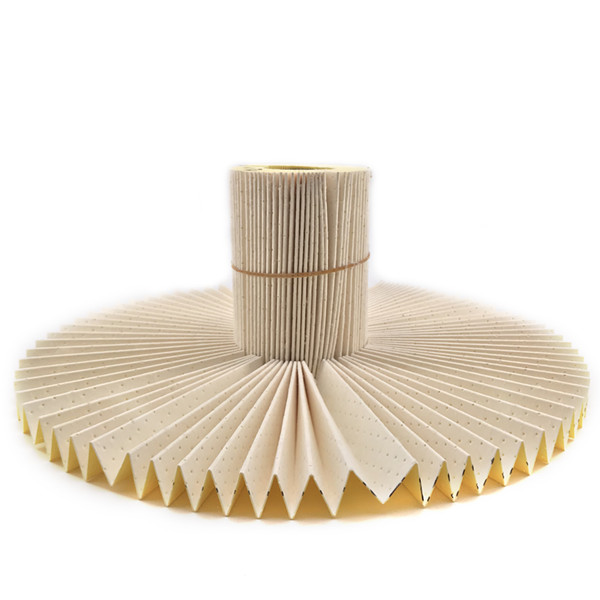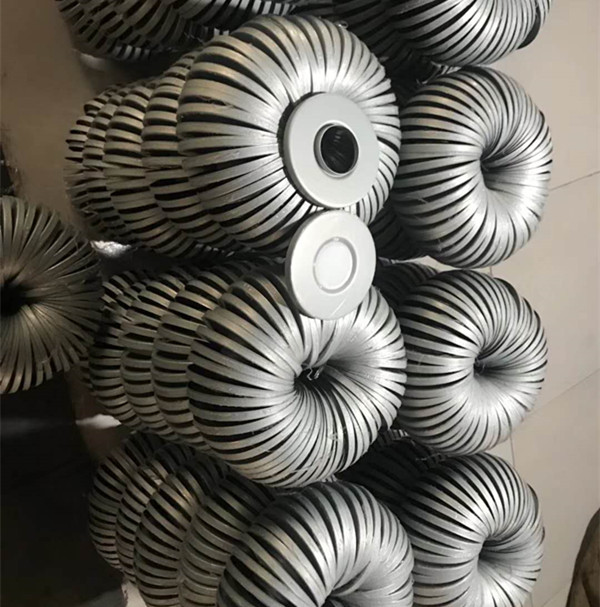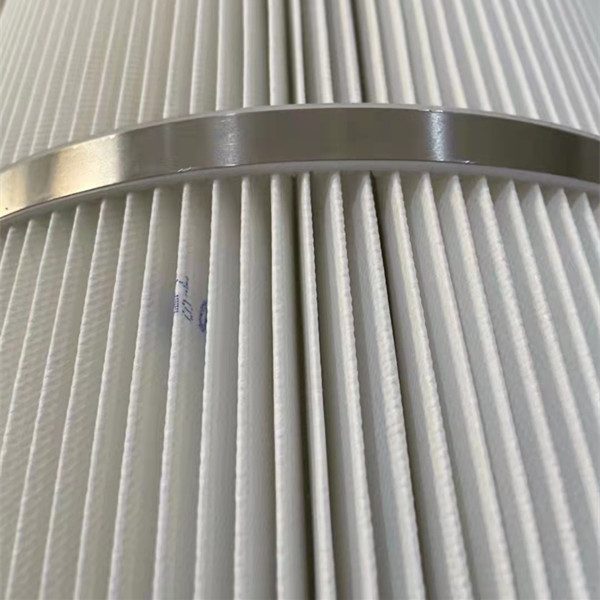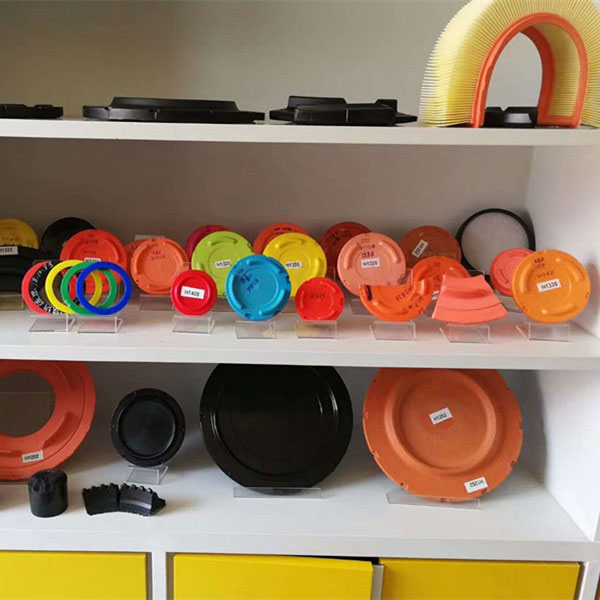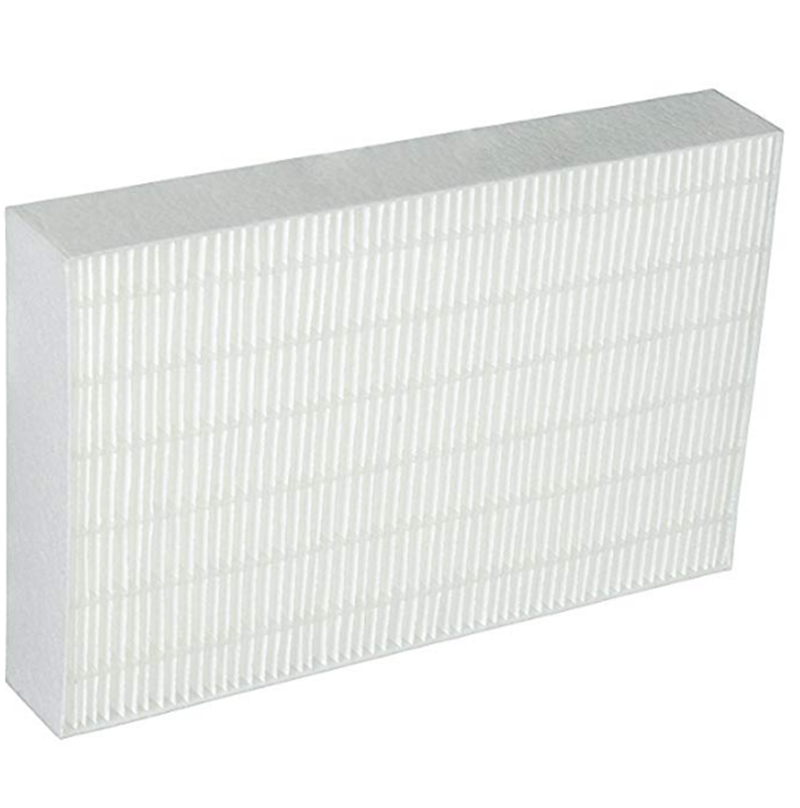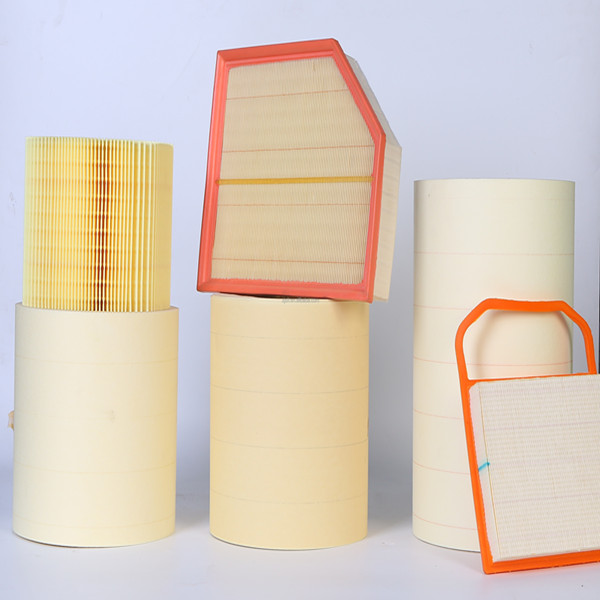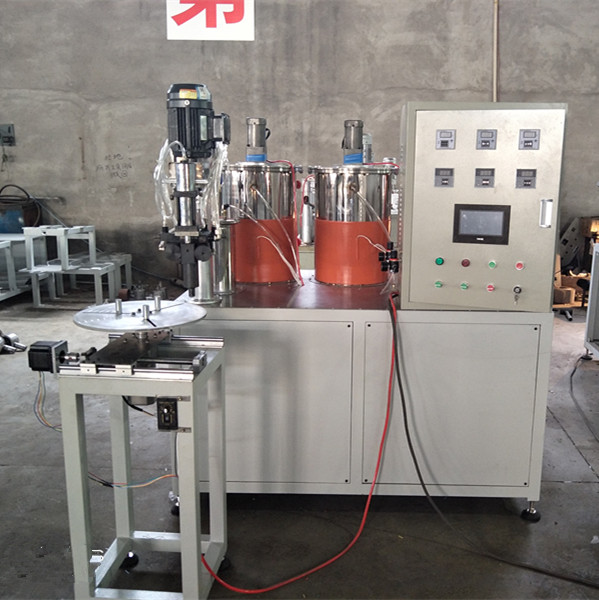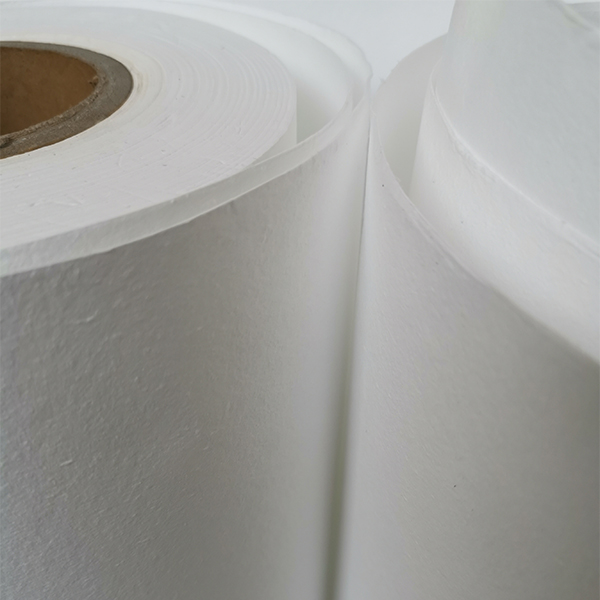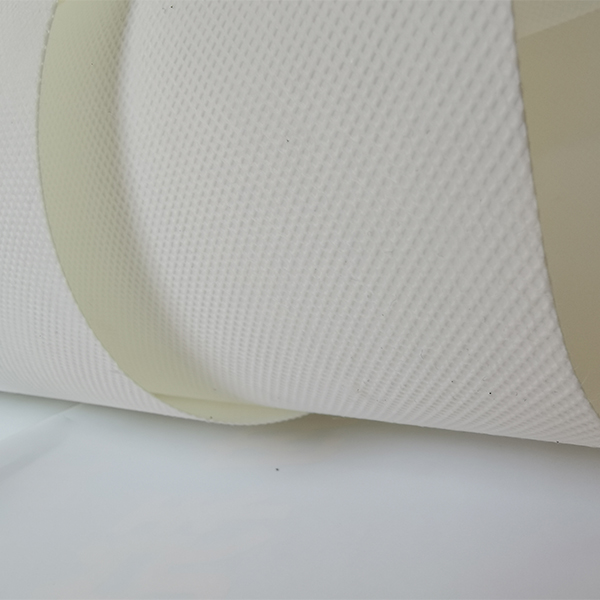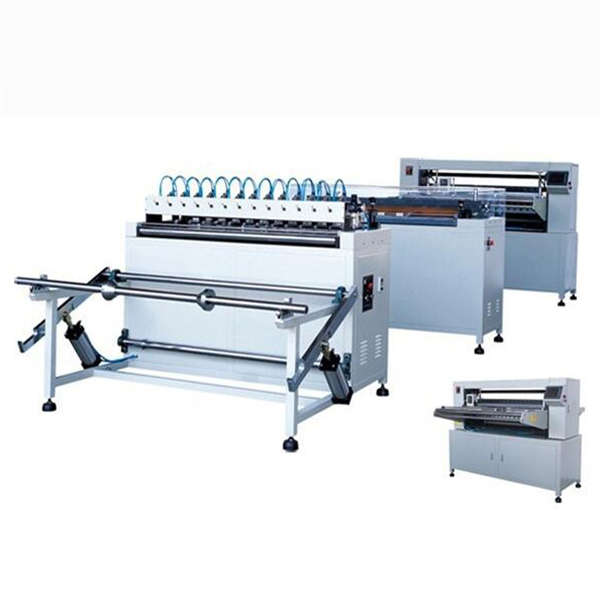- Overview of Sintered Mesh Filter Technology
- Material Composition and Durability Metrics
- Performance Comparison Across Leading Manufacturers
- Customization Options for Specific Industrial Needs
- Case Study: Efficiency Gains in Chemical Processing
- Maintenance Protocols for Long-Term Reliability
- Future Trends in Filtration System Design
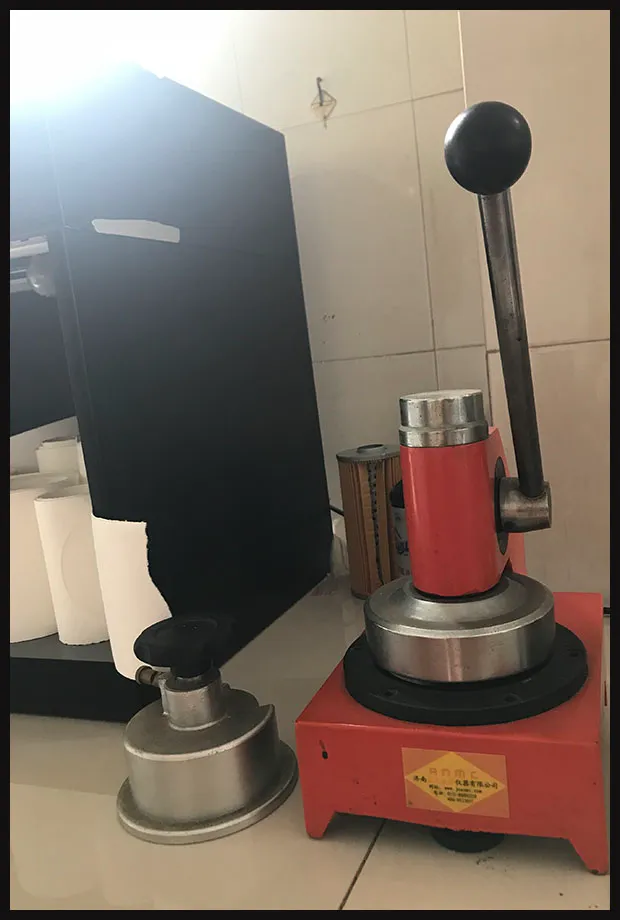
(sintered mesh filter)
Understanding the Core Benefits of Sintered Mesh Filters
Sintered mesh filters utilize diffusion-bonded metal layers to achieve pore sizes ranging from 0.5 to 100 microns, with pressure tolerances exceeding 1,500 PSI in standard configurations. These filters demonstrate 98.6% particulate retention efficiency in independent ISO 2942 tests, outperforming woven wire alternatives by 22-37% in cross-industry benchmarks.
Material Science Behind Advanced Filtration
Stainless steel 316L remains the dominant substrate (82% market share), with nickel and titanium alloys gaining traction for extreme environments. Comparative data reveals:
| Material | Max Temp (°C) | Corrosion Resistance | Cost Index |
|---|---|---|---|
| 316L SS | 800 | Grade B | 1.0 |
| Hastelloy | 1100 | Grade A | 3.2 |
| Monel | 480 | Grade C | 2.1 |
Manufacturer Capability Analysis
Third-party testing of six major suppliers shows distinct performance profiles:
| Vendor | Pore Consistency | Lead Time | API Compliance |
|---|---|---|---|
| Pall Corp | ±2μm | 8 weeks | 100% |
| Mott | ±5μm | 6 weeks | 97% |
| Porvair | ±3μm | 10 weeks | 89% |
Tailored Solutions for Complex Applications
Specialized configurations address specific challenges:
- Multi-layered designs for pharmaceutical grade ASME BPE systems
- Backflushable units with 180° reverse flow capability
- FDA-compliant electropolished surfaces (Ra ≤ 0.25μm)
Real-World Implementation in Oil Refining
A Gulf Coast refinery achieved 14-month filter longevity in catalytic reforming units through:
- Custom 40μm asymmetric pore structure
- Inconel 625 reinforcement rings
- Automated CIP integration
Operational Best Practices
Proper maintenance extends service intervals by 300%:
- Ultrasonic cleaning at 40kHz/80W for 15-minute cycles
- Differential pressure monitoring below 2.3 bar
- Annual helium integrity testing
Why Sintered Wire Mesh Filters Dominate Industrial Applications
Market projections show 7.8% CAGR through 2030, driven by sintered mesh filter
adoption in renewable energy systems. Recent advances enable 0.2μm absolute filtration at flow rates previously only attainable with depth filters - a breakthrough confirmed in 2023 ASME fluid handling trials.
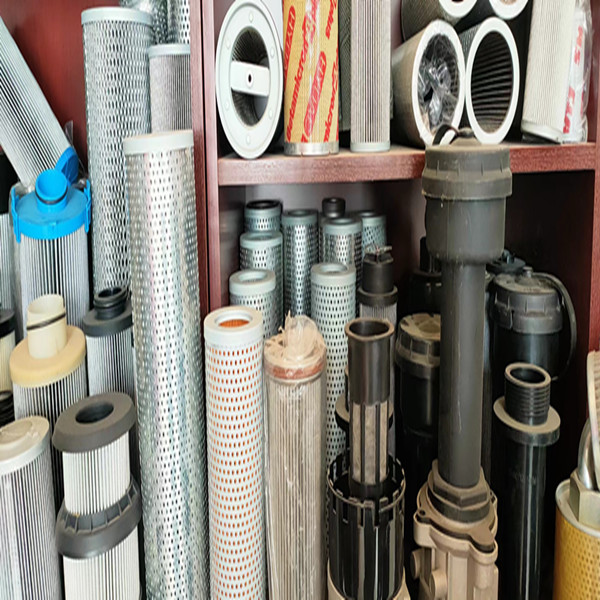
(sintered mesh filter)
FAQS on sintered mesh filter
Q: What is a sintered mesh filter?
A: A sintered mesh filter is a porous material created by fusing multiple layers of metal wire mesh under high heat and pressure. It offers precise filtration and high durability, making it ideal for industrial and chemical applications.
Q: How does a sintered wire mesh filter differ from standard mesh filters?
A: Unlike standard woven mesh filters, sintered wire mesh filters have bonded layers that eliminate gaps, ensuring consistent pore sizes and higher resistance to pressure and corrosion. This makes them suitable for extreme environments.
Q: What industries commonly use sintered mesh filter caps?
A: Sintered mesh filter caps are widely used in pharmaceuticals, petrochemicals, food processing, and aerospace. They provide reliable particle retention and withstand high temperatures and aggressive chemicals.
Q: How do you clean a sintered mesh filter?
A: Clean sintered mesh filters using ultrasonic cleaning, backflushing, or chemical solvents. Avoid abrasive methods to prevent damaging the sintered layers, which could compromise filtration efficiency.
Q: What materials are used in sintered wire mesh filters?
A: Common materials include stainless steel, nickel, and titanium alloys. These metals are chosen for their strength, thermal stability, and compatibility with harsh operating conditions.
Post time: May-21-2025

